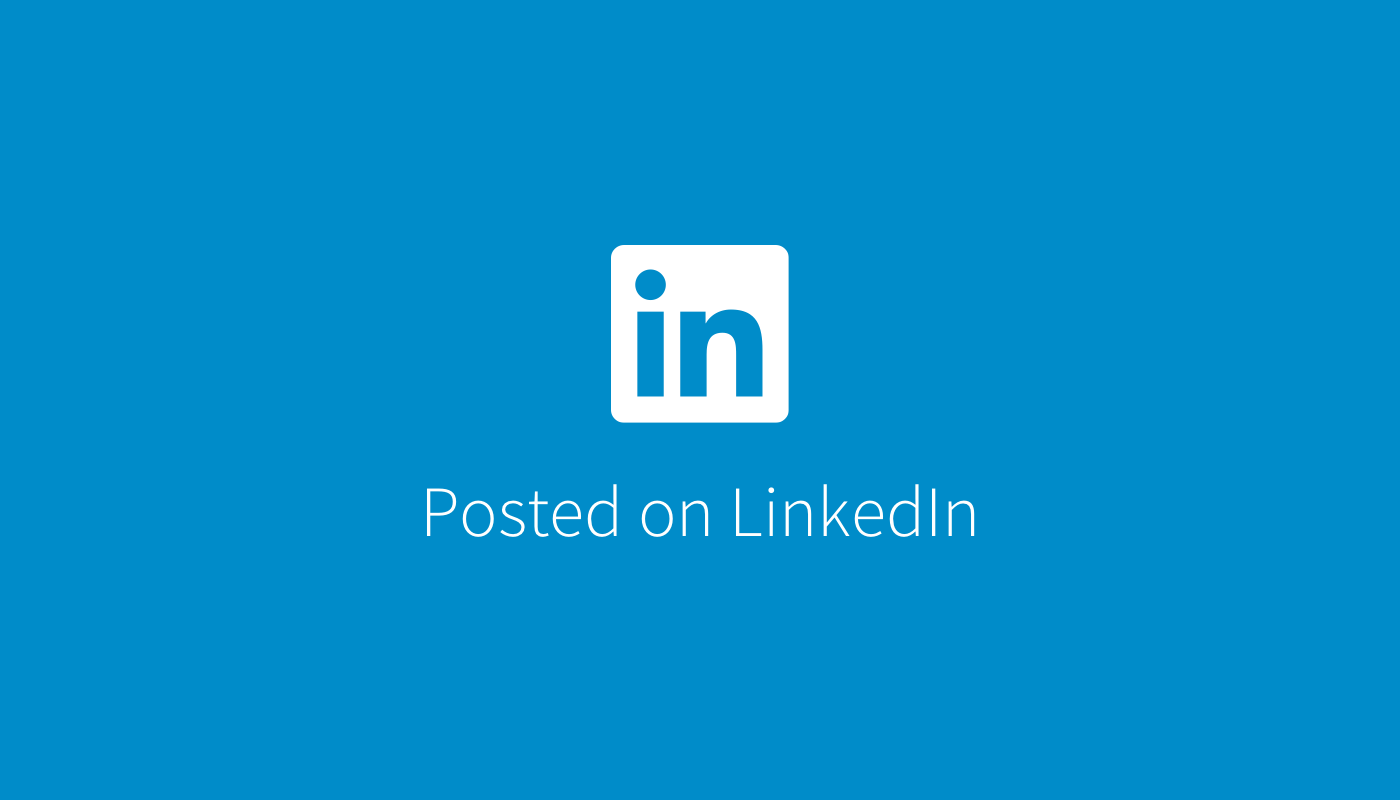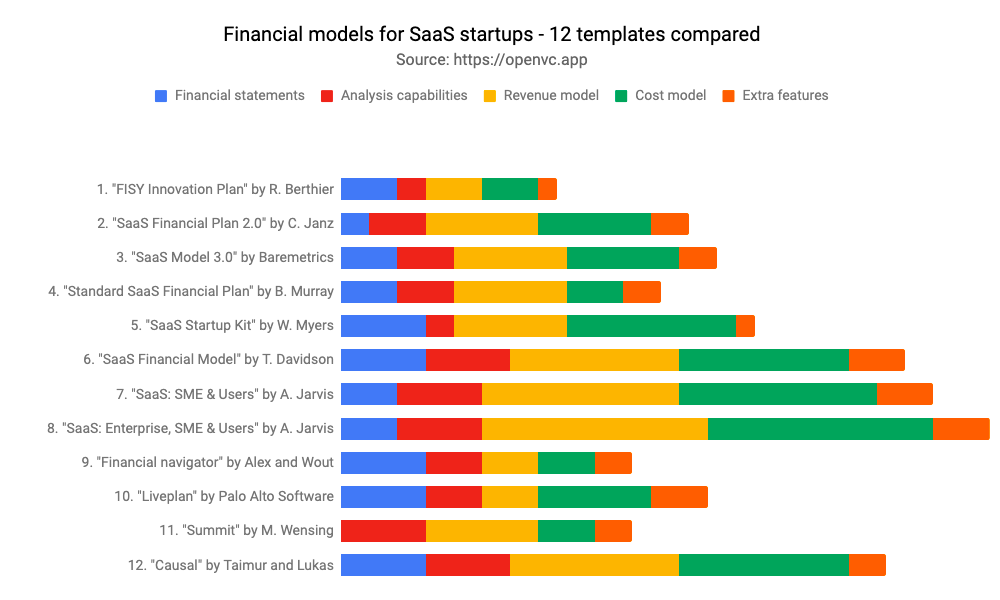- growth tactics
- Posts
- designing your first saas board deck
designing your first saas board deck
it’s been done before, don’t overthink it
If you’re worried about putting together a slide deck for your first (or next) board of directors meeting, here’s some tips:
David Sacks’ SaaS board deck
Hate this guy’s politics but this is a god-tier slide template Think of it as a roadmap that needs to be filled in over time from series a to c - you won’t (and shouldn’t be) tracking all of these metrics before you even have a board.
But always have all of these metrics in mind as you define functional groups, set goals, and build out reporting.
It can be difficult to exactly define these metrics within the context of your product early on and creating those definitions can be a source of friction; you must ask questions like
what is our exact definition of a customer? Someone who pays us? Someone who uses X feature? I’ve previously split the difference: free users must be using X core feature to be considered a “customer” (vs just a user), otherwise paid customers are segmented by pricing tier
What is X core feature that will allow us to define “customer” above? This gets more into product North Star metrics, but briefly you’ll need to think through the feature or action that signals a user is actively using the product the way you think they should. This is a technique I’ve borrowed from PLG strategy but it can be usefully applied to most software products today. These are the people that “get you”, support you, and have a higher likelihood of paying you. Spend as much time getting to know them as possible. Take as much of their time as they’re willing to offer l, ask them questions, ask if they’re willing to take referral calls from your prospects, ask them if you can use their company’s logo on your website, and if they’re willing to stick with you for a year, work with them to raise your price! Importantly, reward them for it. Send them thank you notes, rewards, and swag. These are your “champions” and your ability to attract and retain them will be the make or break for your product.
What is our exact definition of churn? You can differentiate between user and customer churn (and should depending on how aggressively you intend to pursue a PLG strategy), but customer churn should be the starting point. Your definition of churn allows you to “smooth” a negative metric, and you should use it wisely. For a B2B product, it will probably be some form of the customer telling you they no longer want to use your product. If you want to dig into user churn, it will likely be the dormancy of whatever North Star product metric you defined above.
I could keep writing these examples (and will likely break them out into separate articles later) but you get the idea. There isn’t a one-size-fits-all solution here but you must whip your metrics and definitions into shape EARLY and fit them into the board deck template as best you can. Letting these tough questions linger allows uncertainty to fester and degrades morale as ICs lack the certainty and decisiveness they crave from their leaders that empowers them to do their best work (ie knowing how their performance is judged).
It is ok and expected for your metrics definitions to change over time but above all ensure to document the definitions themselves as well as the reasons for changing them and be transparent in communicating both to your entire company.
I’d also suggest adding some company branding to the deck. Don’t just rip it directly.
Other Resources
SaaS metrics to watch
Revenue Model
I’ll write a separate post on building your revenue model and forecasting, in the meantime it’s pretty simple but requires you to have had the above tough conversations and made decisions on how you want to measure things.

That’s it, that’s all. If you sign annual contracts, use ARR instead of MRR and don’t multiply by 12.


